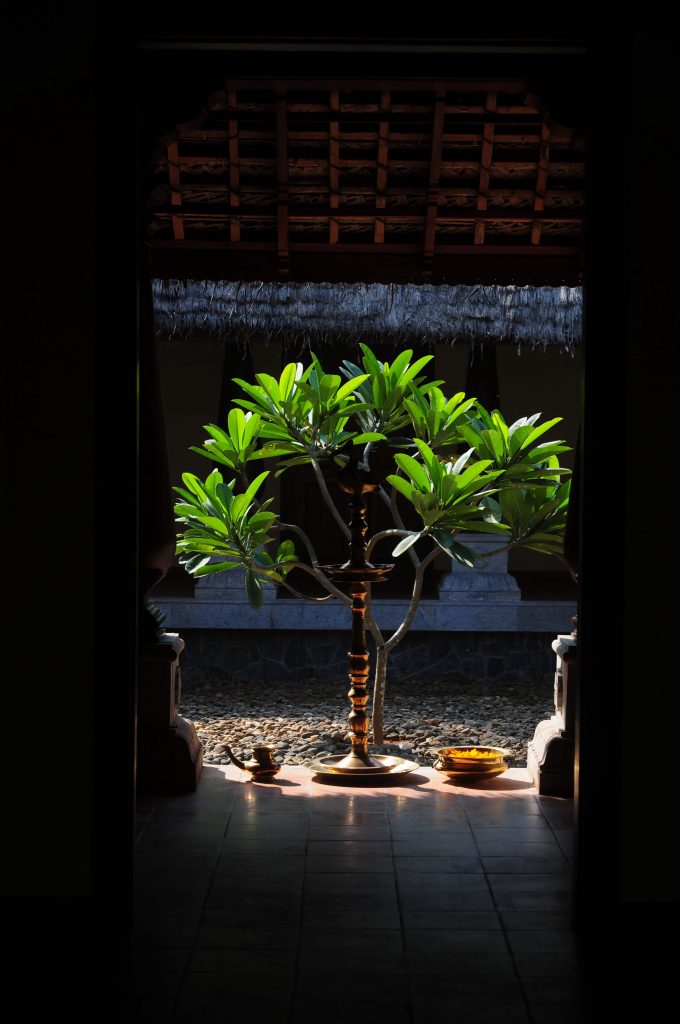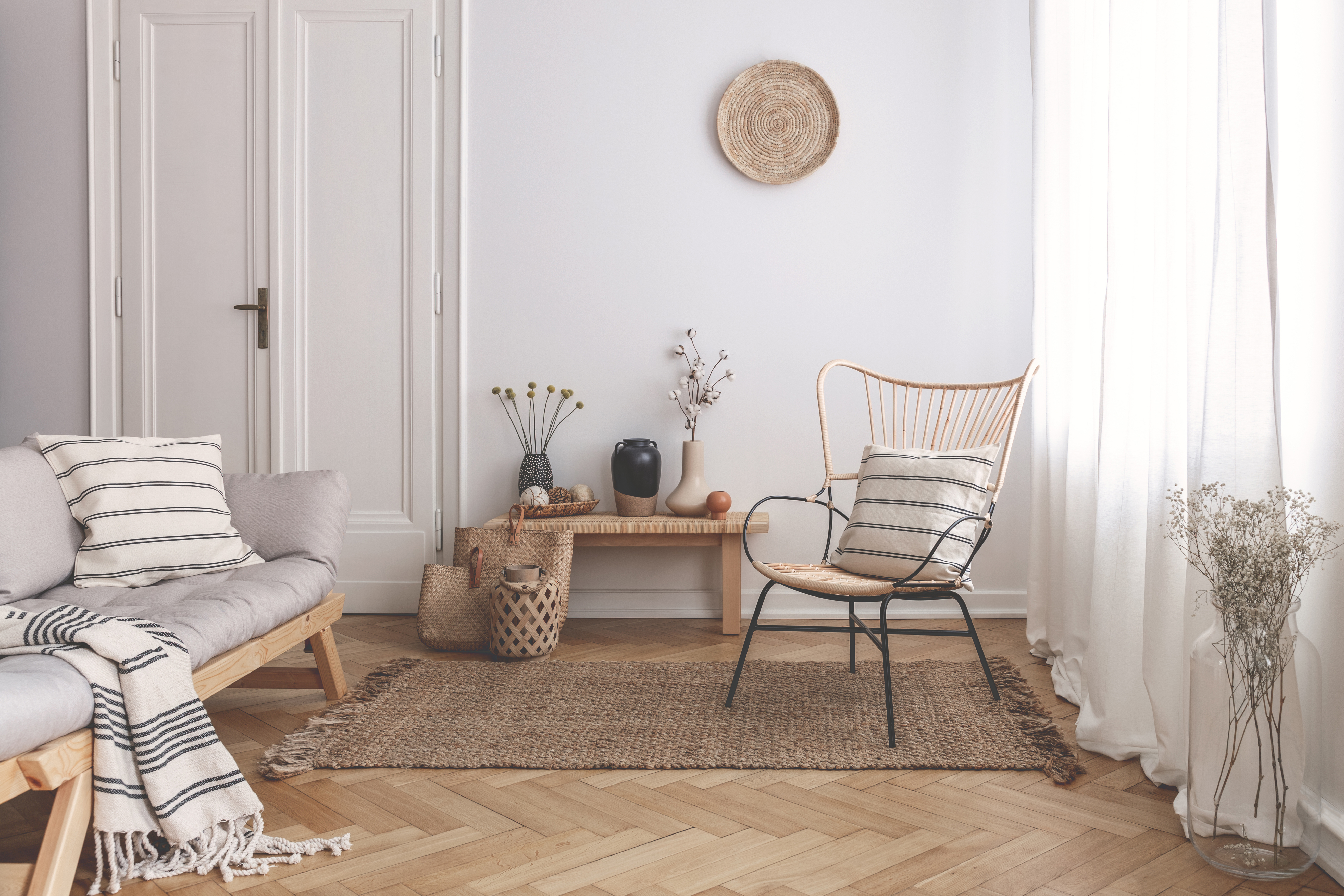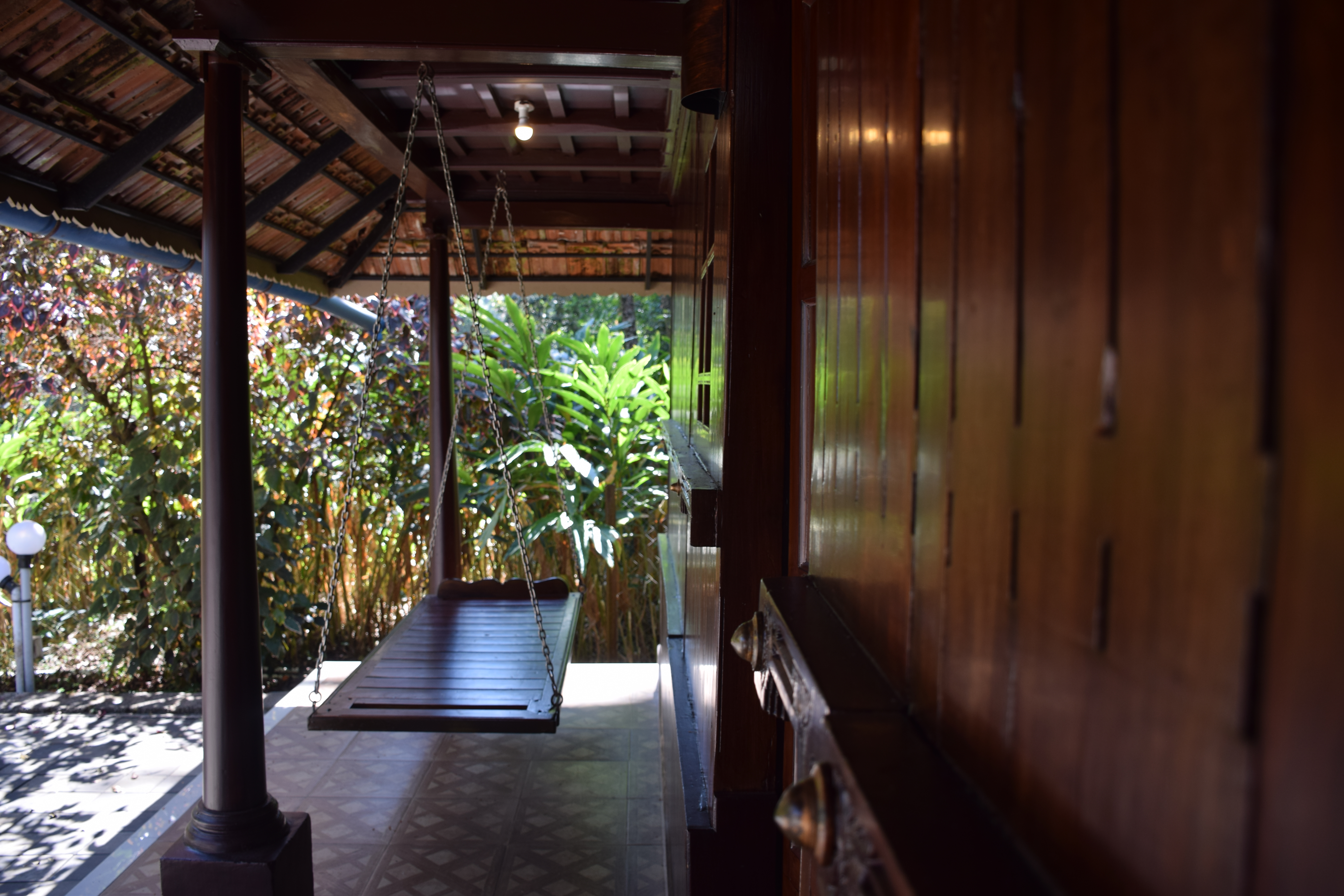Vernacular architecture and design use local forms of creation that are derived from the surrounding region, using indigenous materials and traditional design thought. These design ideologies and practices have sustained the passage of time, and even today teach us many lessons in common sense and practicality.
Vernacular materials and processes use traditional methods, which cut down harmful emissions and ecologically destructive practices. Since the materials are locally sourced, the costs of long-distance transportation and fuel are also cut down. Vernacular designs are susceptible to the regional geography of the land and the climate and have served local communities well for generations.
You can incorporate the traditional wisdom of the vernacular in your brand new, modern home; and get the best of both worlds. Read on to find out how to create vernacular home interiors here:
1. Use Local Materials
Traditionally, houses were built using materials sourced within a radius of just a few kilometers around the site. So building materials would include local stone like laterite or granite, mud bricks, locally sourced timber, cuddapah or terracotta floors, and so on. While your home may be built using cement and concrete, (and there’s often little you can do about that), you can undoubtedly use these vernacular elements in your interior.
Use locally available stone for the flooring and walls. Depending on where you stay, materials like granite, Jaisalmer stone, Cuddapah stone, Kota stone, and other sustainable materials may be locally available.
Pro Tip for Local Material: Stone or brick cladding gives the aesthetics of the vernacular elements instead of building the entire wall with those materials.
2. Get the Vernacular Architecture
- Vernacular architecture in different parts of the country uses indoor courtyards as a practical design element. We have the pols in Gujarat and the nalukettus in Kerala that moderate the temperature and airflow in the building.
- If you can, incorporate an indoor courtyard into your home, which is open to the sky. You will get all the advantages of cross ventilation and can bring greenery into your home, purifying the indoor air and adding an element of freshness. Traditionally, the central courtyard would be the centre of all activity in the house, with all interior spaces opening inward into this common space.
Pro Tip: If an indoor courtyard is not possible, terrace gardens work too. Any greenery you can incorporate in your home is always refreshing.
3. Use Only Environmentally Friendly Materials as Décor Elements
Make your home low on carbon footprint by using only organic and sustainable elements in your décor as well. Jute, hemp, rattan, linen and bamboo are materials that are easily renewable and non-toxic. Live clean and green.
- Recycling and upcycling materials and furniture will help to reduce your carbon footprint. Think of kitchen counters made of recycled glass, faucets that conserve water and energy-saving lights. Use cabinets made of MDF and ply rather than natural wood which is getting increasingly scarce. Put careful thought into every element that you use in your décor.
Pro Tip: Go one step further and consider whether the paints on the walls are anti-toxin, the cleaning products you use are organic, and that your décor fabrics are not treated with plastic derivatives (which are meant to make them last longer).
4. Use Local Artisans and Artwork
Promoting local artisans is an excellent way to embrace vernacular. Try to use traditional handicrafts, artwork and fabrics that are typical of the state you belong to in your home.
- Bring in the local flavour and reflect the rich heritage of each state with what the particular state is famous for. For example, a wall with a Warli mural in Maharashtra, cushions with mirrorwork fabric in Gujarat, Rangolis on the floor in Tamil Nadu, prints of miniature paintings if you’re in Rajasthan, or a Kathakali mask in Kerala.
Pro Tip: Think in terms of fabric or artefacts that are typical of the state you are in. Shopping in local markets will give you the right ideas.
5. Opt to Use Vernacular Furniture Styles
Vernacular décor involves using the kind of furniture that is customary in the area you are in. Antique furniture that has been handed down over the generations could be restored and displayed in your home.
- Gujarathi chowki stools with painted legs, Mughal style hardwood tables in Delhi, Rosewood hanging oonjals in Kerala, or Portuguese style cabinets from Goa are all examples of local styles of furniture. Design each space using local traditional furniture as the focal point of the room, and incorporate elements that blend in with this style.
Pro Tip: Visit local flea markets to get the furniture you are looking for at a steal. Be prepared to haggle – you could even bring down the final price to half their asking price.
There are many lessons to be learnt from vernacular styles of design. Bring the ancient wisdom of past generations to your modern home, and live your life rooted in the rich culture and history of our forefathers.





